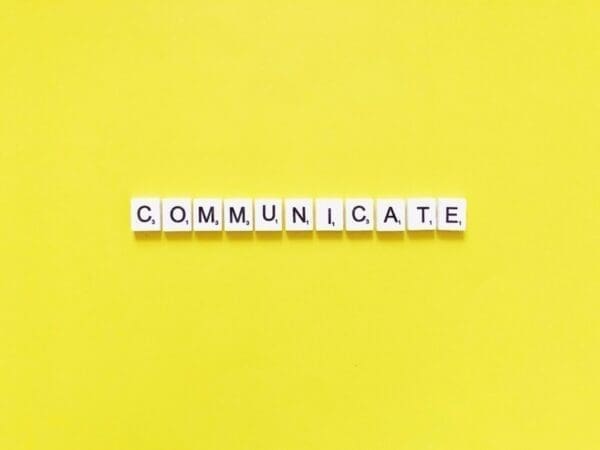Communicating Effectively is Hard Because We Know What We Mean… It’s Just Getting it Across to all Those Out There
Whether it be in a meeting, on an email, or in a presentation. If we cannot communicate clearly, concisely, and consistently, we may as well be speaking another language. These communication tips will help…
Communication Tips 1-10
- 1. Don’t waffle.
- 2. Ever met someone who uses 3,000 words when a few would have done? Don’t be that person.
- 3. High self-orientation will make people deaf to your communication, so understand the trust model.
- 4. Remember that there are none so deaf as those that won’t listen.
- 5. Aristotle’s power of 3 is powerful because we like 3, we just do love a 3.
- 6. The sweet spot for emails is about 100 words if you want a reply.
- 7. Use the Powerpoint slide titles like newspaper headlines, instead of labels.
- 8. Listen to hear, not to reply.
- 9. Your words, tone, and body language need to say the same thing or you will be discovered.
- 10. Accept that you probably need to over-communicate to get across an important message.

Tips 11-20
- 11. The push and pull method of influencing will help you to be a better communicator because you will probably want to talk less after you understand it.
- 12. Stories have been told for thousands of years, long before we could write, so tell stories because people remember them better.
- 13. Communication is a lot about what you say, but also it is about when you say it, where you say it and how you say it.
- 14. If you believe what you are saying, then there is a good chance that they may also.
- 15. Stephen Covey, the author of ‘The 7 Habits of Highly Effective People’ taught us to ‘seek first to understand’.
- 16. Ask open questions to see if they understand what you think they should undersatnd.
- 17. If you have people in the room where their first language is not your first language slow down, avoid slang and very native language.
- 18. Understand a model like HBDI in order to understand how to communicate in their factual, form, future, or feelings language.
- 19. Don’t email in anger.
- 20. Jargon doesn’t make you look great, it just makes you detach yourself from the others.

Tips 21-30
- 21. Don’t interrupt.
- 22. Vary your speed in a presentation to create interest.
- 23. Use pauses.
- 24. Change your slides to using images only because they can say a thousand words.
- 25. Start with a question.
- 26. Two ears and one nose – use in that proportion.
- 27. Change your language to not talking to people, but talking with people.
- 28. If you find yourself repeating yourself, use another way to influence them because that won’t work.
- 29. Answer this question for them – what’s in it for me?
- 30. Move from using a passive voice to using an active voice: from ‘a mistake was made’ to ‘we made a mistake’.

Sticky Learning ® is 7 times more effective than 1-day training courses. Plus, you will get a Chain of Evidence proving your Return on Investment. Discover soft skills training that changes behaviours long term.

Tips 31-37
- 31. Be brief.
- 32. Communication is not always verbal with over 50% of communication being non-verbal, so consider your tone and your body language.
- 33. For PowerPoint slides use dark or black backgrounds so that they are the highest contrast and receive the most focus.
- 34. Use the power of because to explain: “I like you” 😱 Versus “I like you because you always contribute in meetings” 🥳.
- 35. Release endorphins by making people laugh, this, in turn, makes them more creative, relaxed and focused.
- 36. Share a sad story to release oxytocin which creates empathy and builds trust and generosity.
- 37. Tell a story that builds suspense and has a cliff-hanger as this releases dopamine, which improves focus, motivation and aids memory recall.
So there you have it, 37 quick and simple communication tips to get you started on being a great communicator. For even more useful content on communication, check out our ultimate guide on communication skills.




